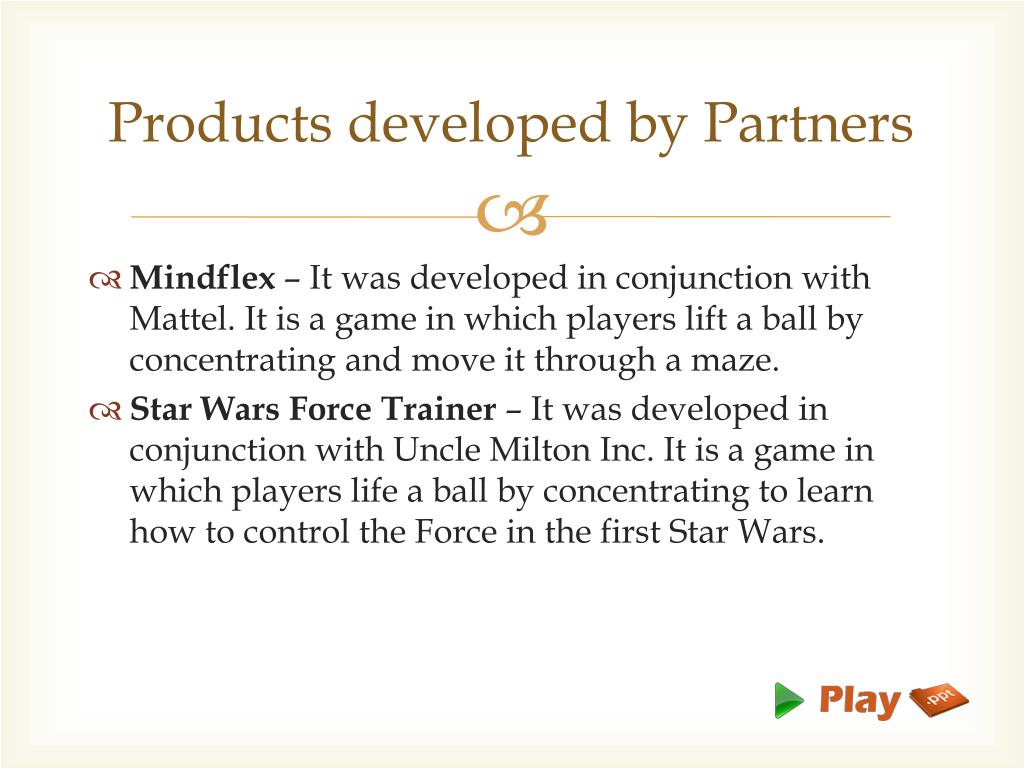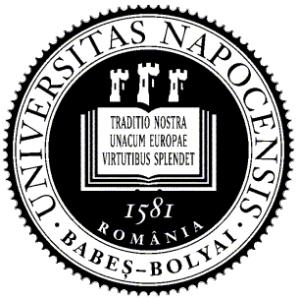

Marták, J., Schlosser, Š., & Vlčkova, S. Liquid-liquid equilibria of butyric acid for solvents containing a phosphonium ionic liquid. Separation and Purification Technology, 57, 483–494. Extraction of lactic acid by phosphonium ionic liquids. Fermentation of lactic acid with Rhizopus arrhizus in a stirred tank reactor with a periodical bleed and feed operation. Marták, J., Schlosser, Š., Sabolová, E., Krištofíkova, L., & Rosenberg, M. Journal of Chemical & Engineering Data, 47, 843–848. Liquid-liquid equilibria of acetic, propionic, butyric, and valeric acids with trioctylamine as extractant. Industrial & Engineering Chemistry Research, 48, 888–893. Extraction of acrylic, propionic, and butyric acid using Aliquat 336 in oleyl alcohol: Equilibria and effect of temperature. Mass-transfer characteristics of a spiral-channel SLM module in pertraction of phenylalanine. Recovery of carboxylic acids, C2-C6, from an aqueous waste stream using tributylphosphate( TBP): Effect of presence of inorganic acids and their sodium salts. Recovery of butyric acid, valeric acid, and caproic acid (BVC acids) from an aqueous waste stream using tributylphosphate (TBP) as an extractant. The Canadian Journal of Chemical Engineering, 70, 543–552. Extractive fermentation systems for organic acids production. Applied Biochemistry and Biotechnology, 166, 470–478. Fermentation of reactive-membrane-extracted and ammonium-hydroxide-conditioned dilute-acid-pretreated corn stover. Membrane extraction for detoxification of biomass hydrolysates. Applied Microbiology and Biotechnology, 32, 393–397. Effects of extractive fermentation on butyric acid production by Clostridium acetobutylicum. Applied and Environmental Microbiology, 54, 1662–1667. Enhancement of butanol formation by Clostridium acetobutylicum in the presence of decanol-oleyl alcohol mixed extractants. Reactive and Functional Polymers, 71, 736–744.

Extraction of butyric acid by a solvent impregnated resin containing ionic liquid.

Blahušiak, M., Schlosser, Š., & Marták, J. Simulation of a hybrid fermentation-separation process for production of butyric acid. Journal of Chemical & Engineering Data, 51, 1546–1550. Distribution of butyric acid between water and several solvents. The Journal of Chemical Thermodynamics, 38, 1634–1639. Phase equilibria of liquid (water + butyric acid + oleyl alcohol) ternary system. The presented results show the potential of the Dį/µ ratio in the screening and formulation of solvents in extraction and SLM optimization. Using pure OA as the solvent or diluent is not preferable and a mixture of a low viscosity diluent with the OA concentration below 40 mass % should be used. P dependences towards lower OA concentrations by increasing the BA concentration driving force is in agreement with the Dį/µ ratio dependence. P for SLMs exhibited also a maximum at about 30 mass % and 20 mass % of OA at the BA concentration driving force of 0.12 kmol m−3 and 0.3 kmol m−3, respectively. Dependence of the Dį/µ ratio on the OA concentration showed a maximum at the OA concentration of 15 mass % to 30 mass %. The relationship between the ratio of the distribution coefficient of butyric acid (BA), Dį, and the viscosity of OA-dodecane solvents, µ, as extraction and transport characteristics, and the overall mass-transfer coefficient, K This can be decreased by the application of a less viscous OA diluent, e.g. A disadvantage of OA is its relatively high viscosity of 28.32 mPa s at 25☌. Oleyl alcohol (OA) is frequently used as the solvent or diluent in the extraction of carboxylic acids. Solvent formulation is important in the optimization of the mass-transfer through supported liquid membranes (SLM) in pertraction and membrane extraction.


 0 kommentar(er)
0 kommentar(er)
